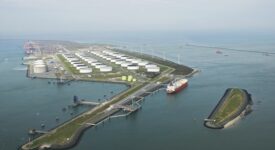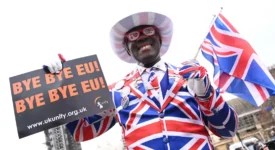EU leaders have finalized a landmark agreement to decrease greenhouse emissions by 40 percent by 2030 compared with 1990 levels. The deal that Herman Van Rompuy, the outgoing President of the European Council, described as “the world’s most ambitious”, came after intense negotiations at a summit in Brussels. Some member countries had argued that their individual interests should be protected. Observers agree that the final deal is a compromise between coal-dependent countries and those keen on renewables and emission cuts. Environmentalists have embraced the agreement but commented that it does not go far enough.
In addition to the envisaged 40 percent cut in emissions, the block agreed to increase the proportion of renewables in the entire energy portfolio as well as boost energy efficiency to at least 27 percent. However, the cut in emissions was the hottest topic on the agenda. Poland, being heavy dependent on coal, is concerned that the cost of making its economy more environment-friendly will slow down the pace of its economic development. This fear was echoed by other central and east European member states. Herman Van Rompuy however said that poorer EU countries would receive financial aid from Brussels to be able to de-carbonize their economies and thus reach agreed objectives.
Overall, EU leaders were enthusiastic about the outcome of the deal. In the early hours after the negotiations, Mr Van Rompuy, tweeted “Deal! At least 40% emissions cut by 2030. World’s most ambitious, cost-effective, fair #EU2030 climate energy policy agreed.” The EU Commissioner for Climate Action, Connie Hedegaard, added that she was “very proud” that the leaders “were able to get their act together on this pressing climate challenge”. Prior to the summit, EU leadership had expressed their wish for an “ambitious position” in the run-up to the UN climate change conference in Paris in December 2015.







